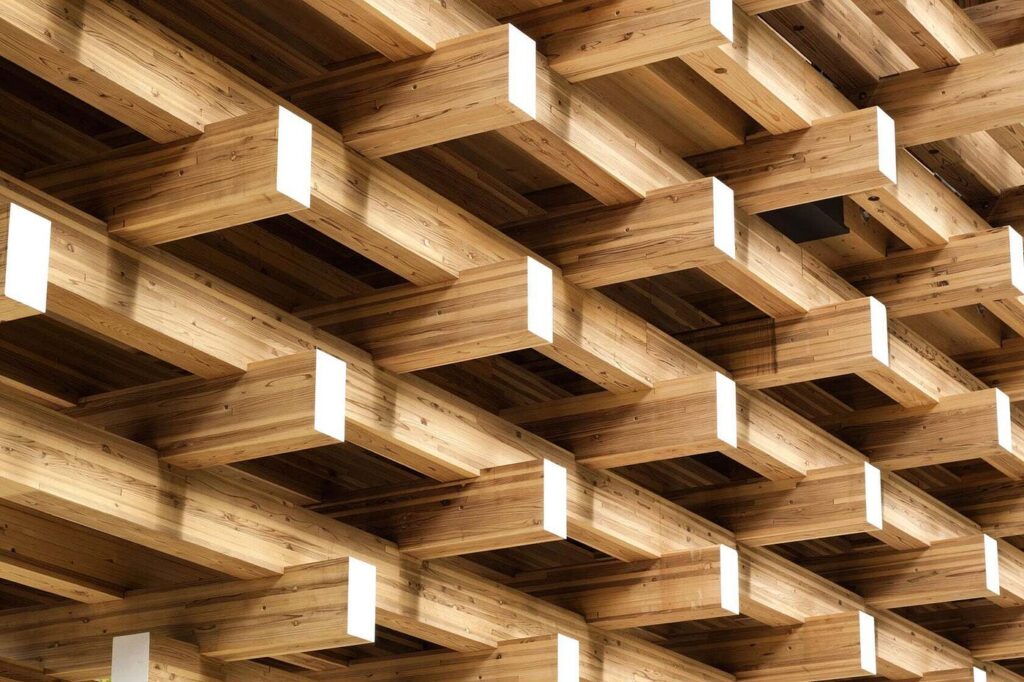In the world of structural engineering and architectural marvels, the choice between Glulam (Glued Laminated Timber) and LVL (Laminated Veneer Lumber) often becomes a head-scratcher for designers and builders alike. Both materials have made a significant impact on the construction industry, each bringing its own set of strengths and weaknesses to the table. Let’s dive into the arena and witness the clash between Glulam and LVL.
Round 1: Manufacturing Process
Glulam, the seasoned veteran in this contest, is crafted by bonding layers of dimensioned lumber together with durable, moisture-resistant adhesives. This process allows for larger and longer members, providing unparalleled flexibility in design. On the other hand, LVL, the younger contender, is made by assembling veneer sheets with adhesives under intense heat and pressure. Although both methods result in formidable materials, Glulam takes the lead in this round, offering a wider range of possibilities due to its manufacturing process.
Round 2: Strength and Durability
When it comes to strength, Glulam flexes its muscles. The layering of lumber in alternating directions creates a material with exceptional load-bearing capabilities. Glulam is known for its high stiffness and strength, making it an ideal choice for long spans and heavy loads. LVL, however, is not one to back down easily. With consistent, high-quality veneers and precise manufacturing, LVL matches up well in terms of strength. It excels in applications requiring stiffness and uniformity, making it a close competitor in this round.
Round 3: Appearance and Aesthetics
In the battle for beauty, both Glulam and LVL have unique characteristics. Glulam’s visible laminations give it a natural and warm appearance, often preferred in exposed applications like beams and columns. The ability to stain or finish Glulam enhances its aesthetic appeal. LVL, with its smooth and consistent surface, appeals to those seeking a more refined and modern look. In terms of appearance, the winner depends on the desired style and application, making it a draw in this round.
Round 4: Cost and Accessibility
Affordability and availability play pivotal roles in the construction game. Glulam, with its extensive manufacturing process and larger sections, tends to be on the higher end of the cost spectrum. However, the wide availability of different sizes and shapes makes it a versatile option. LVL, being more cost-effective due to its efficient manufacturing process, offers an attractive alternative. In the battle of cost and accessibility, LVL scores a point for being a budget-friendly contender.
Round 5: Environmental Impact
As the world becomes increasingly eco-conscious, the environmental footprint of construction materials takes center stage. Glulam, often sourced from sustainably managed forests, holds environmental credentials. The laminating process efficiently utilizes lumber resources. LVL, produced from small-diameter and fast-growing trees, scores points for resource efficiency. Both materials are commendable in terms of sustainability, making it a draw in this eco-friendly round.
Conclusion:
In the gladiatorial arena of construction materials, Glulam and LVL put on an impressive display of strengths and weaknesses. Glulam, the seasoned champion, stands tall with its versatility and load-bearing capabilities. LVL, the agile contender, impresses with its cost-effectiveness and refined appearance. The choice between Glulam and LVL ultimately depends on the specific needs of the project, design preferences, and budget constraints. As the construction industry evolves, the battle between these titans will continue, pushing the boundaries of innovation and design.
Also Read:
- LSL vs LVL – Know What is The Key Difference
- PSL Vs LVL – Know What is The Key Difference
- Top 5 Whoville Characters Pictures- Know Who Are the Whoville Characters?
- Meowbahh Techno Unblurred Photo on Twitter, and Reddit
- A Graphic Look Inside Jeffrey Dahmer’s Dresser Drawer


